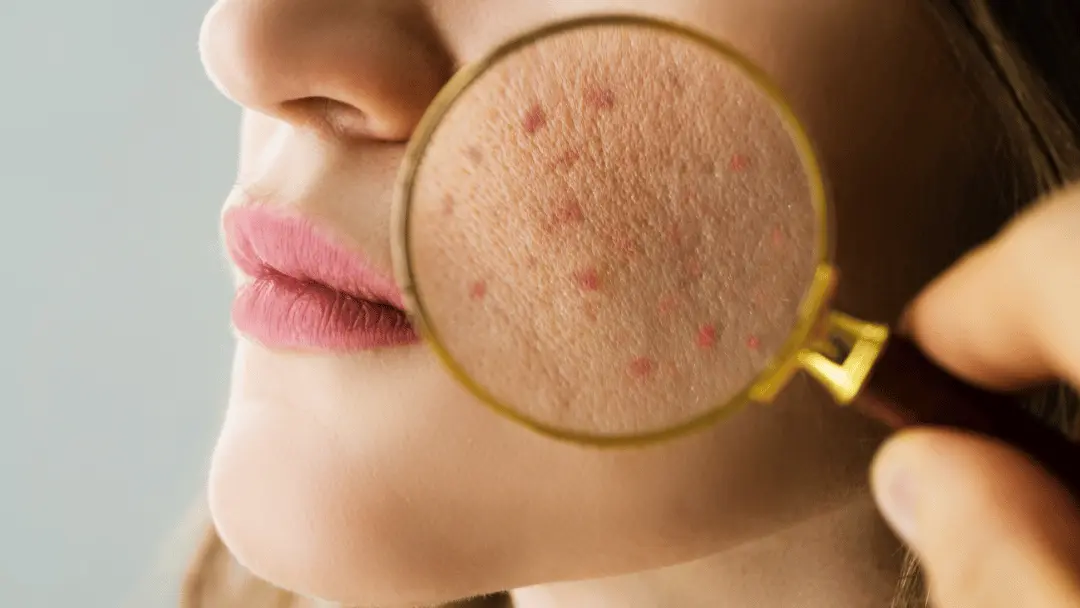Renew your skin with a chemical peel at a professional clinic.
Renew your skin with a chemical peel at a professional clinic.
Blog Article
Navigating Skin Cancer Treatment: The Necessary Duty of Mohs in Modern Dermatology Practices
Skin cancer, a complicated medical diagnosis, typically leaves individuals grappling with many therapy alternatives. Amongst these, Mohs surgery stands as a beacon in contemporary dermatology, renowned for its careful strategy to cancer removal and preservation of bordering healthy and balanced cells. This cutting-edge technique assures not just premium cosmetic results however additionally offers immediate results, alleviating person anxiety. As we discover the complexities of this procedure, one will certainly appreciate its crucial function in skin cancer treatment.
Comprehending Skin Cancer: Kinds and Risks
Skin cancer cells, a possibly lethal condition, is far a lot more prevalent than several people understand. This illness, brought on by the unchecked development of unusual skin cells, mostly results from DNA damage as a result of exposure to the sun and ultraviolet (UV) light. There are three primary kinds of skin cancer: Basic cell cancer, Squamous cell cancer, and Melanoma. While the former 2 are less lethal and comprise the bulk of identified instances, cancer malignancy is one of the most harmful. It represents only concerning 1% of skin cancer situations however causes the huge majority of skin cancer deaths - hair loss. Danger factors consist of fair skin, history of sunburn, extreme sun exposure, living at high altitudes or near the equator, having several moles, a family history of skin cancer, and weakened immune system.
What Is Mohs Surgical procedure and How It's Transforming Skin Cancer Cells Treatment
Regardless of the various therapies presently available for skin cancer cells, Mohs surgery sticks out as a groundbreaking and highly efficient service. Named after Frederic E. Mohs, the medical professional that created the procedure, Mohs surgery is an accurate medical strategy used to treat skin cancer cells. During the procedure, slim layers of cancer-containing skin are progressively gotten rid of and analyzed until just cancer-free tissue remains. This technique enables the specialist to confirm that all cancer cells have been gotten rid of at the time of surgical treatment. This degree of precision, combined with the ability to spare as much healthy cells as feasible, is transforming skin cancer treatment. As an outcome, Mohs surgical procedure has webpage actually come to be a foundation of contemporary dermatology methods.
The Advantages of Mohs Surgical Treatment Over Traditional Skin Cancer Treatments
Building on the ingenious nature of Mohs surgery, it's necessary to consider its countless advantages over conventional skin cancer cells treatments. Unlike guidelines, Mohs supplies a higher treatment price, usually getting to 99% for novice therapies and 94% for recurrent cancers cells. This accuracy is due to its one-of-a-kind approach of considerably removing and analyzing tissue layers till just cancer-free cells continue to be (mohs surgery). Additionally, it lessens damage to healthy skin, resulting in much less scarring and improved cosmetic end results. Mohs likewise offers prompt results, getting rid of the anxiety-ridden wait typical with other methods. Finally, it's cost-efficient, as the surgical treatment and microscopic evaluation happen simultaneously, eliminating the requirement for added lab solutions. Therefore, Mohs represents a significant improvement top article in dermatological methods.
The Treatment of Mohs Surgical Procedure: What to Anticipate During the Refine

Possible Side Results and Post-Operative Care of Mohs Surgical Treatment
Undergoing Mohs surgery, like any other surgical procedure, involves possible side results that individuals should be aware of. Typical side impacts include pain, wounding, and swelling at the surgical procedure website. In some situations, extra treatments may be required to guarantee informative post total removal of the cancerous cells.
Conclusion

Report this page